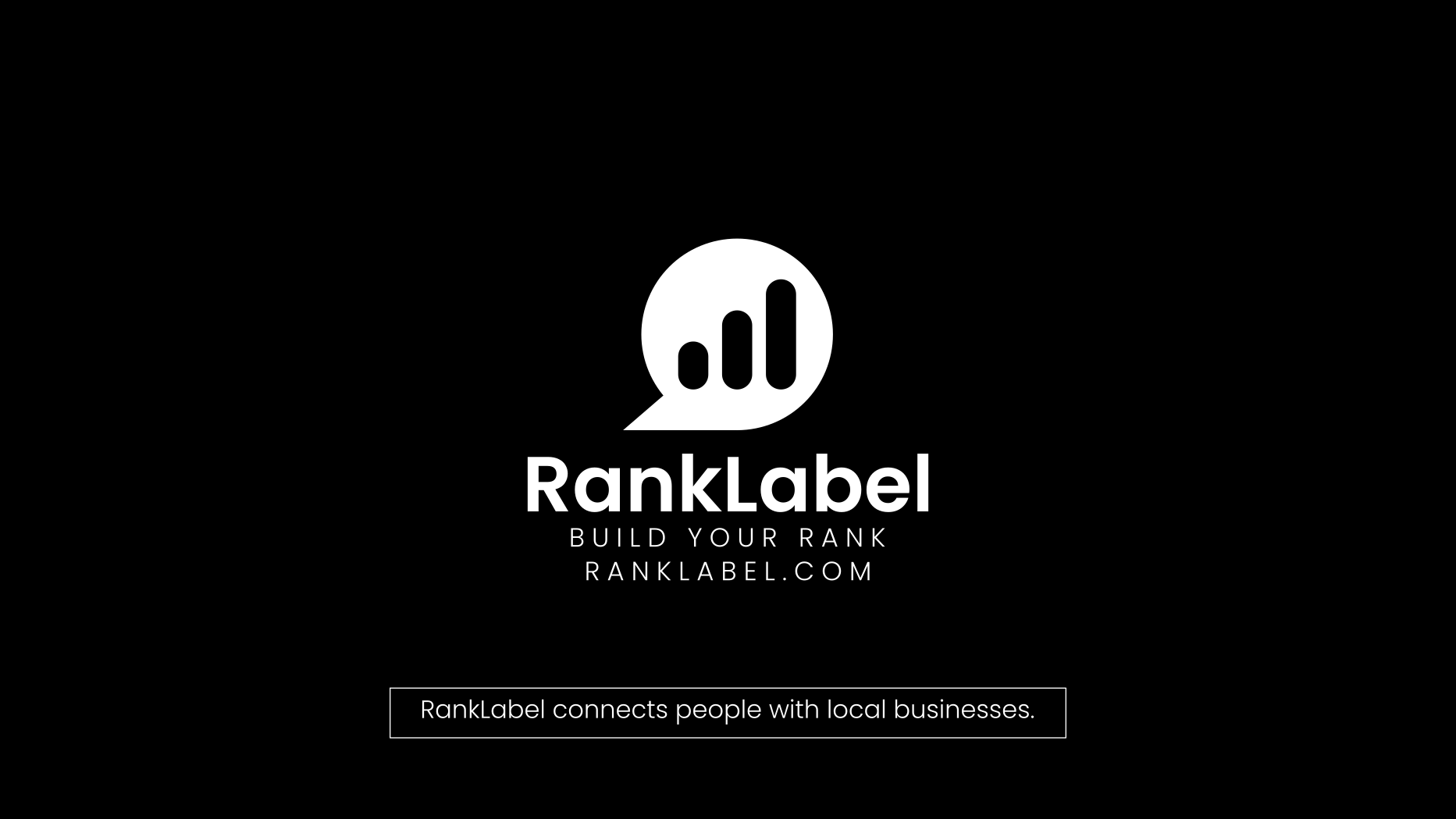Forget Sci-Fi: Real Engineers Use 3D Printing to Turn Today's Fiction into Tomorrow's Reality

So here's the scoop—when most folks hear "3D printing," they think of printing cute little plastic trinkets. But let me set the record straight: we’re crafting groundbreaking end-use parts and custom prototypes that are seriously transforming industries. You think it’s just hype? Buckle up, because I'm diving into how advanced additive manufacturing isn't just cool—it’s essential.
Waving the Magic Wand of 3D Printing in Engineering
Remember when we used to wait weeks for a machine part? Those days are gone, my friend. Now, if I need a custom part for a prototype I’m tinkering with, it’s just a matter of days, sometimes hours, till I can hold it in my hands. Here’s how the magic happens:
First, the idea pops into my head—usually while I’m fishing or maybe during a yoga stretch. Next thing, I’m sketching it out, not on napkins but my trusty digital pad. Then, with a few clicks, that sketch becomes a digital model, ready to be fed to the 3D printer.
It’s not just about rapid prototyping. These printers are churning out parts that are used in the real world—rocket components, medical implants, you name it. The precision and efficiency we're talking about? It’s game-changing.
The Top Perks of 3D Printing in Engineering
- Speedy Gonzales turnaround times: From idea to prototype in less than a week.
- Customization King: Tailor-made parts? No problem. No more one-size-fits-all nonsense.
- Strength and Stamina: These parts are tough, often outperforming their traditionally manufactured cousins.
- Eco-Warrior Vibes: Less waste material means we're saving the planet one print at a time.
- Cost Cutter: Reducing material waste and shortening design phases saves a bundle.
- Space Age Tech: Literally though, used in aerospace and beyond.
And that's just scratching the surface. Who knew that layers of melted plastic or metal could solidify into something so robust and versatile?
Case Study: From Doodles to Drone Parts
Last month, I was messing around with a concept for a new type of drone that could navigate through rugged terrains without a hitch. The catch? It needed custom, lightweight parts that could withstand some serious knocks.
Enter my go-to 3D printer. A few designs and tweaks later, I had parts that not only fit the bill but were ready to be tested in the wild. Spoiler alert: it worked like a charm, and now I’m onto tweaking the design for mass production.
Real talk: Without 3D printing, this would’ve been a pipe dream, or at the very least, a financial nightmare.What's Next for 3D Printing in Engineering?
I'm not Nostradamus, but one thing's clear: the potential is enormous. We're looking at constructions on Mars, bio-compatible organs, you name it. The boundaries are as expansive as our creativity.
And while some may still be stuck on the idea that 3D printing is just for trinkets, those of us in the trenches know the truth. It’s a powerhouse tool that’s already shaping the future of engineering.
So, what's your take? Are you ready to embrace the future of 3D printing, or are you clinging to the past? Let's chat in the comments below.










